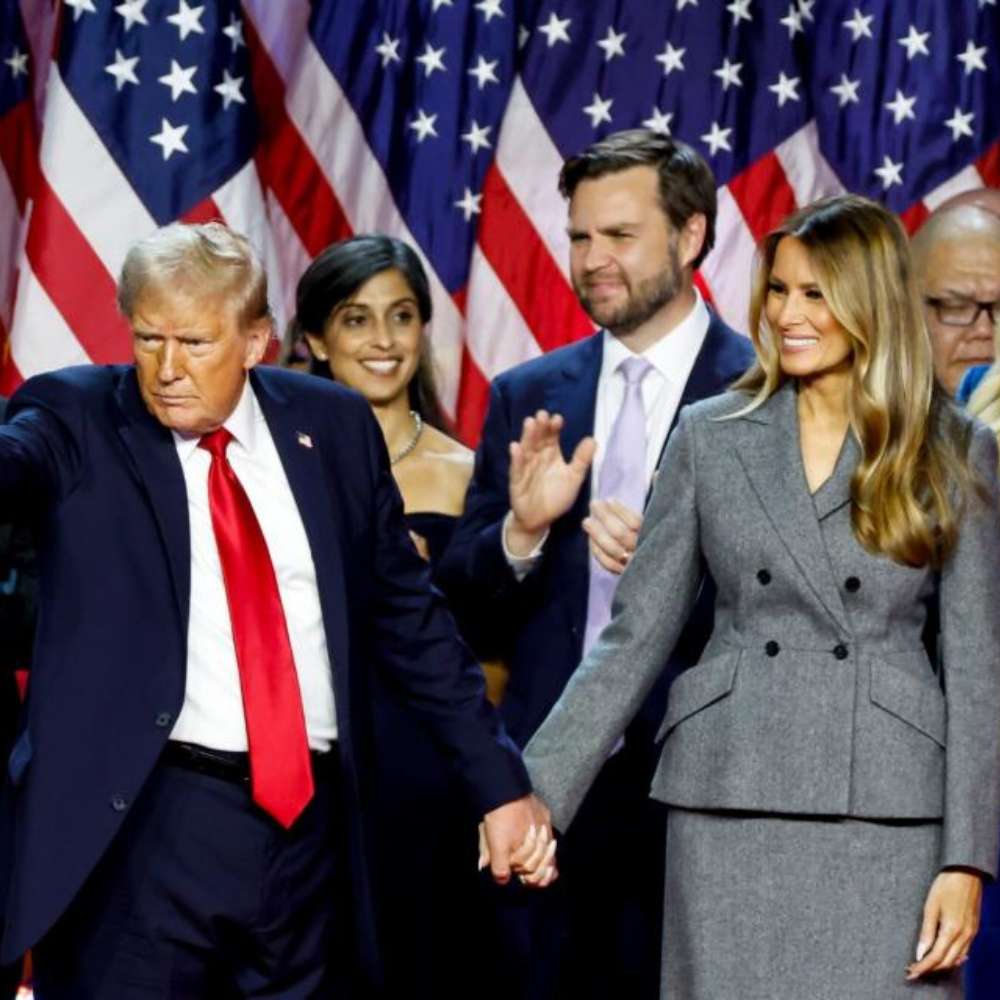Rising Bond Yields Signal Investor Concerns
The Republican Party’s agenda to extend and expand the tax cuts passed in 2017 under former President Donald Trump is drawing sharp criticism, particularly from the bond market. As President-elect Trump prepares to embark on his second term, Wall Street analysts and investors are raising concerns over the potential economic implications of these plans.
The Federal Reserve has been steadily cutting interest rates to lower borrowing costs, yet bond yields have been moving in the opposite direction. Since Trump’s re-election on November 5, the yield on 10-year U.S. Treasury bonds—a benchmark for many interest rates—has risen from 4.29% to 4.76%. Similar trends are visible for 20- and 30-year bonds, which have increased to 5.03% and 4.95%, respectively.
Mark Zandi, chief economist at Moody’s Analytics, warned that these rising yields indicate investor unease with the GOP’s economic policies. “The bond market is sending a message that investors are worried about the economic policies dead ahead,” he said. Analysts attribute the trend to fears of inflation and higher deficits fueled by tax cuts and potential restrictive immigration measures.
Echoes of Clinton-Era Economic Challenges
The rising bond yields bear similarities to the early 1990s when President Bill Clinton faced internal debates over whether to prioritize economic stimulus or deficit reduction. Ultimately, his administration focused on reducing the budget deficit, a move shaped significantly by pressure from the bond market.
Historically, bonds lose value with higher inflation, which many believe could result from Trump’s proposed policies. Stricter immigration controls and potential mass deportations could increase labor costs for businesses, while tax cuts could balloon the federal deficit. Higher deficits may lead to more government borrowing, diminishing the value of existing debt and pushing investors to demand higher returns.
Douglas Holtz-Eakin, president of the American Action Forum, highlighted in a blog post that the rising rates could indicate fears about the U.S.’ ability to manage its debt. “Regardless of which you believe, it is bad news,” he wrote, urging the incoming administration to consider how its tax and fiscal policies may exacerbate the situation.
Debt Ceiling Showdown Looms Large
Adding to market jitters is the impending need to raise or suspend the U.S. debt ceiling to prevent a catastrophic default. Treasury Secretary Janet Yellen recently cautioned that temporary measures to stay under the current debt limit could run out as early as mid-2025. This looming deadline coincides with debates over extending the 2017 tax cuts, creating a high-stakes situation for lawmakers.
House Republicans have floated a plan to raise the debt ceiling by $1.5 trillion, coupled with $2.5 trillion in spending cuts over the next decade. However, analysts believe this increase may not be sufficient to avoid another debt limit fight by 2026. The Congressional Budget Office projects that preventing a default through the next presidential election may require a record-breaking $4 trillion hike.
While House Speaker Mike Johnson has assured that Republicans will address the debt limit, passing such legislation without Democratic support remains a challenge. Historical data shows Republicans have relied on bipartisan cooperation to raise the ceiling 17 times since 2005.
Rep. Tom Cole, chair of the House Appropriations Committee, expressed cautious optimism, stating, “It’s only possible if there’s a lot of other things in there that get some members that have an objection to voting for a debt ceiling or no history of it.” Still, concerns linger about whether the GOP can navigate this delicate balancing act without significant market disruptions.
Did you find this article helpful? Visit more of our blogs! Business Viewpoint Magazine







